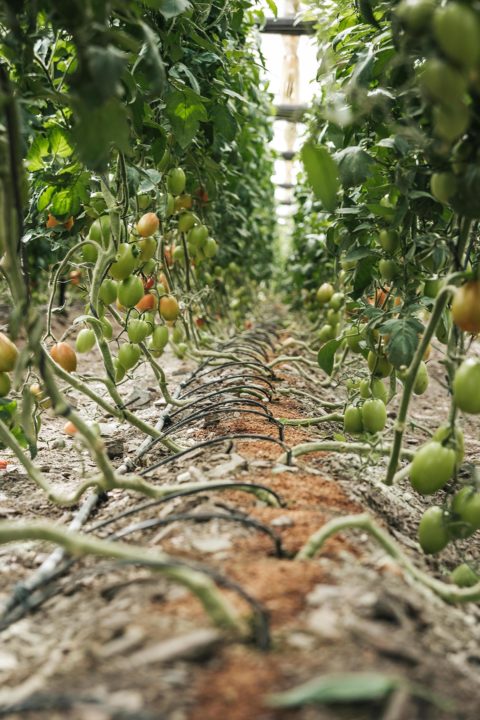6 Tips on Combatting Fungus in Perennials
 Soil and plant fungus can pose significant challenges in growing potted nursery products. The pivotal question is how nursery operators can prevent and address fungal issues.
Soil and plant fungus can pose significant challenges in growing potted nursery products. The pivotal question is how nursery operators can prevent and address fungal issues.
In a post on Erfgoed.com (Erfgoed is greenhouse flooring and water system supplier), Dirand van Wijk from Compas Agro shares some crucial insights and tips.
“It depends on the type of crop as to how susceptible a nursery product is to a particular fungus,” says Dirand van Wijk, cultivation advisor and co-owner of the research and consultancy firm Compas Agro in Venlo. “Additionally, the cultivar plays a role; for instance, one Prunus species may be more susceptible to fungi than another. Growers try to consider this when assembling their assortment offering, but ultimately, market demand remains the guiding factor.”
Tips to Prevent Soil Fungi
- Prevent Excessively Wet Soil: Fungus thrives especially under extreme conditions in the pot, particularly when it is excessively wet. Ensuring that the substrate does not become too moist is crucial. Underfloor irrigation, such as through an ebb and flow system, can assist in better moisture control compared to overhead watering. Additionally, this method avoids exposing the plants to sudden drenching, reducing their susceptibility to fungus. While underfloor irrigation may be costlier, its advantages in controlling fungus are apparent. Ensure a well-draining substrate to prevent plants from standing in water. Van Wijk also recommends opting for an airy substrate if it suits the crop, aiding in preventing excessive moisture in the pot.
- Adjust Watering Strategy: Sometimes, a pot that is too dry can also contribute to soil fungus. Generally, it is advisable to water in the morning, but after a dry day, evening watering is recommended. This allows the plants more time to recover.
Minimize the Likelihood of Plant Fungus
To minimize the likelihood of plant fungus, Van Wijk underscores the following considerations:
- Adequate and Balanced Fertilization: Van Wijk emphasizes the importance of avoiding both over-fertilization and under-fertilization. An EC of 0.8 is generally ideal during the growing season, though exceptions exist. An EC exceeding 1.5 often indicates over-fertilization and excessive salt build-up. This inhibits the plant’s ability to absorb water, leading to dehydration and increased susceptibility to fungus. High EC requires the pot to remain moist. Conversely, a low EC, below 0.3, can make a crop more susceptible to fungus.
- Sufficient Water: Determining when a plant has enough water is challenging and varies by crop. Traditionally, a rule of thumb is not to allow too much water to drain when squeezing the soil. Moisture sensors (e.g., watermarks) are increasingly used to measure soil/substrate moisture. Some systems even integrate with apps, indicating the soil’s moisture level. However, the diverse range of crops, varying evaporation rates, and differences between plants in open fields, greenhouses, and tunnels can limit the effectiveness of these systems in the nursery sector.
- Use of Plant Strengthening Agents (Biostimulants): Biostimulants containing amino acids and fertilizers can prevent plant fungus. Van Wijk notes a growing trend in their practical usage as the range of available crop protection agents diminishes. Biostimulants provide nutrients to the plant through the leaves, and amino acids stimulate the plant to produce more defense mechanisms, enhancing plant resilience and reducing the likelihood of fungal attacks. While not directly combating issues, biostimulants aim to prevent problems proactively.
- Humidity Control: The higher the humidity, the easier it is for a fungus to germinate on the leaves, especially in combination with high temperatures. Ideally, plants should enter the night in a dry state, advocating for morning watering. However, given that most nursery products are exposed to outdoor conditions, humidity, and pot temperature are often challenging factors for growers to control.








